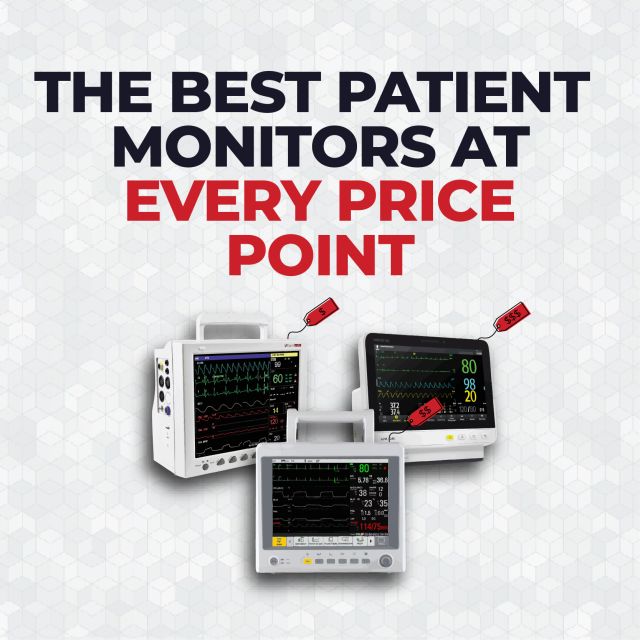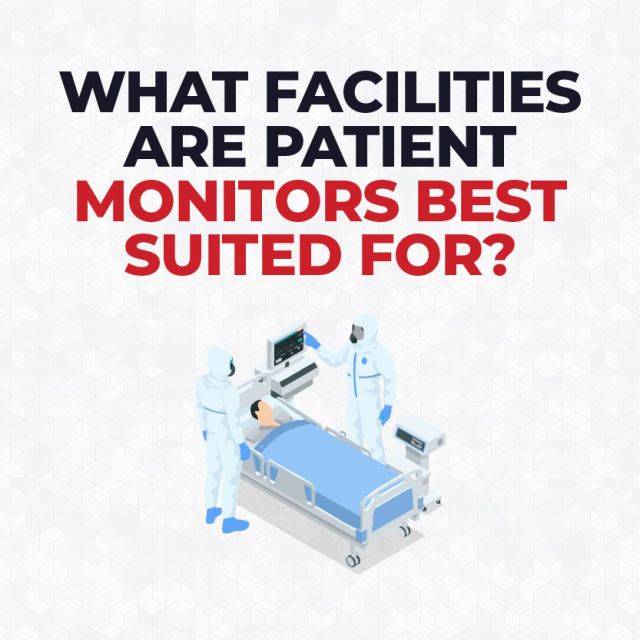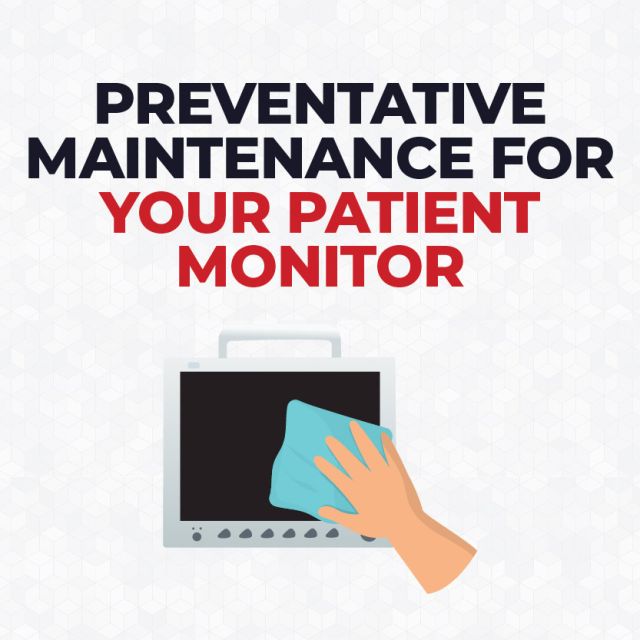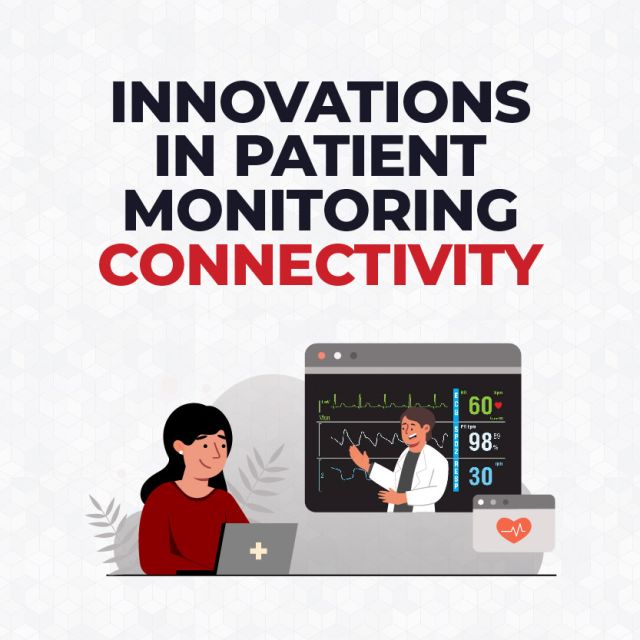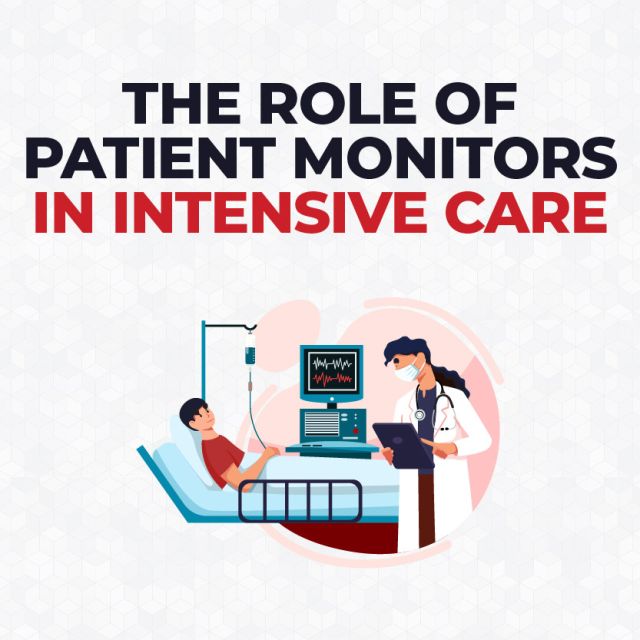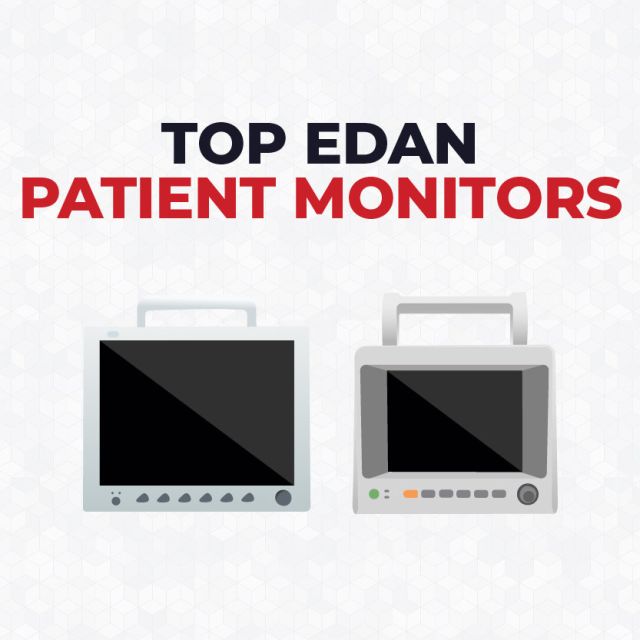Do You Need End-Tidal CO2 (EtCO2) Monitoring?
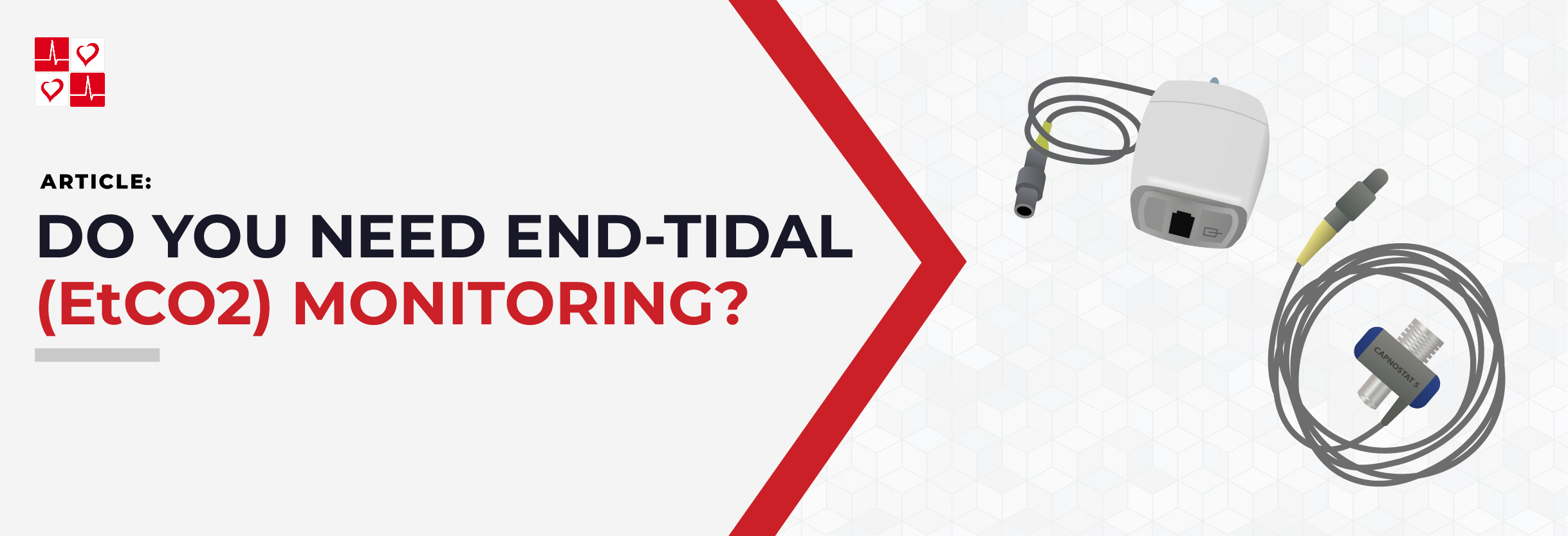
What is End Tidal CO2?
Capnography
Types of End-Tidal CO2
Sidestream EtCO2
Sidestream end-tidal CO2 (EtCO2) monitoring measures the amount of carbon dioxide in the air you breathe out, particularly at the end of each breath. This method works by taking a small, continuous sample of exhaled air through a thin tube to an external sensor or analyzer.
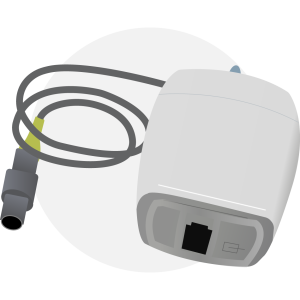
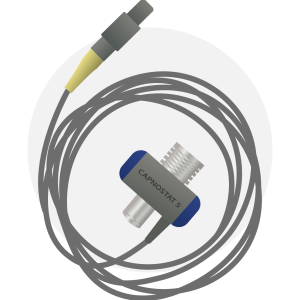
Mainstream EtCO2
Mainstream end-tidal CO2 (EtCO2) monitoring measures the amount of carbon dioxide in exhaled air by placing a sensor directly in the patient’s airway. This method is often used in critical care, operating rooms, and during anesthesia, where it’s important to closely monitor a patient’s breathing. This method is especially useful during intubation and mechanical ventilation, as it provides accurate and immediate CO2 measurements.
Uses for End-Tidal CO2 Monitoring
End-tidal CO2 monitoring can give healthcare providers an early warning if a patient is experiencing respiratory distress or cardiac arrest.
Respiratory Status
EtCO2 monitoring can help to determine the severity of some respiratory diseases. Additionally, it can also help to differentiate between some cardiac and respiratory diseases.
If a patient has a high CO2 reading on the CO2 monitoring device, then larger or more frequent breaths may help to bring the CO2 levels back down to normal. However, if a patient has low CO2 levels, then smaller or fewer breaths may help to raise their CO2 levels.
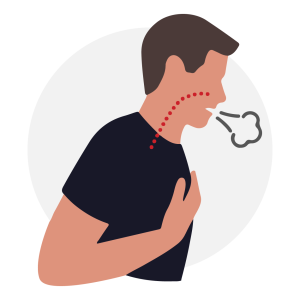
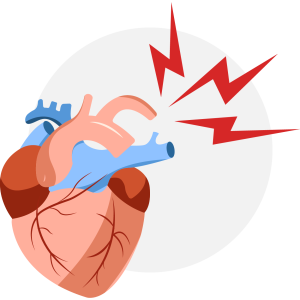
Cardiac Arrest
End-tidal CO2 monitoring helps healthcare providers determine if they are performing chest compressions adequately when a patient’s heart stops and goes into cardiac arrest.
Normal Range for CO2
The normal range for end-tidal CO2 monitoring in healthy individuals typically falls between 35 and 45 millimeters of mercury (mmHg). When ventilation is effective, EtCO2 numbers are higher. When perfusion is poor, EtCO2 numbers are lower.


